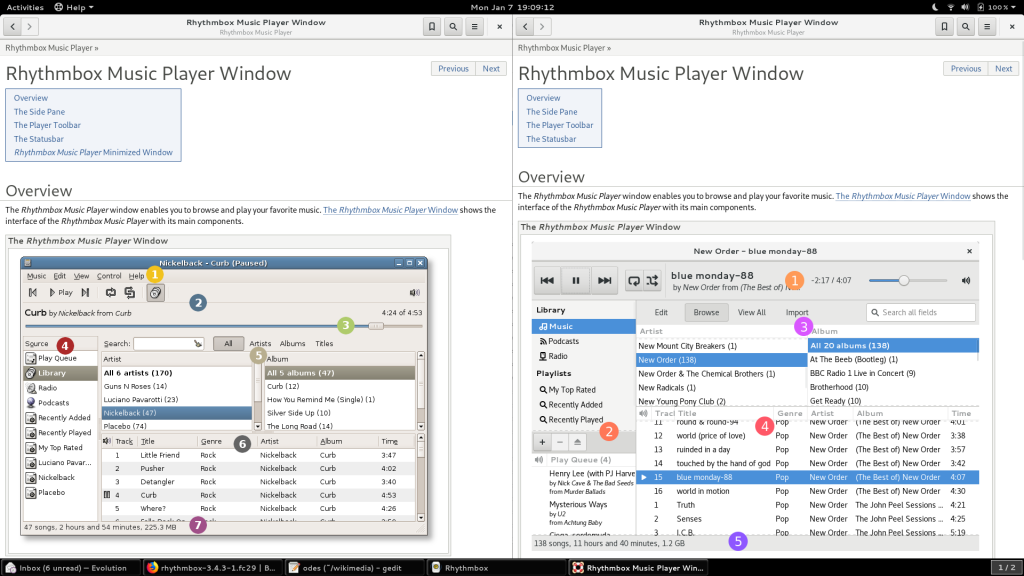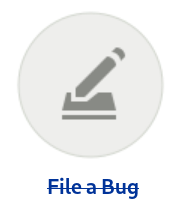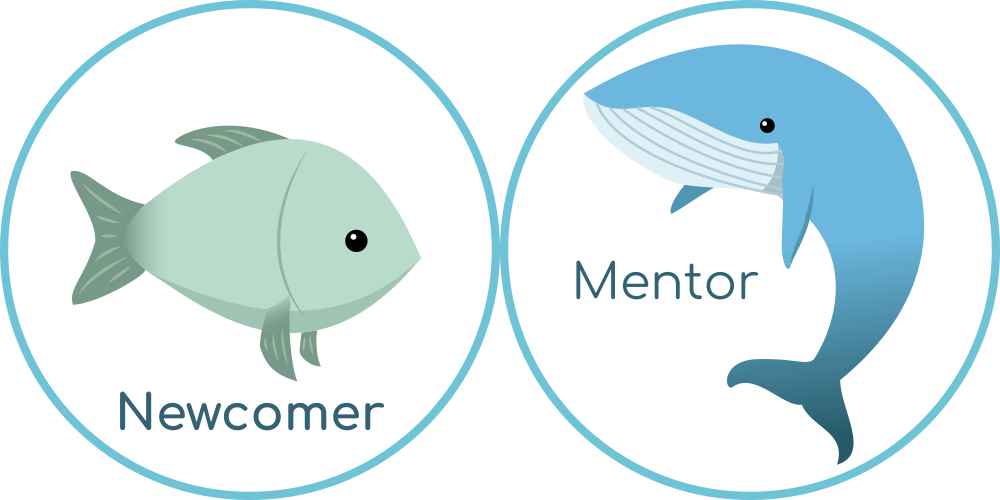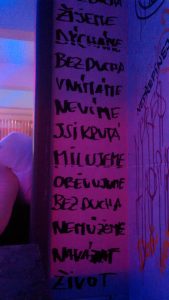It’s already been impossible for a while to create new tickets in GNOME Bugzilla when GNOME moved to GitLab for bug reports and feature requests (and many other software development aspects, of course).
In May 2021, Bart proposed to wrap up the Bugzilla migration (very appreciated). In addition, in November 2020 and May 2021 I (had) sent emails to maintainers (listed in the DOAP files in each Git repository) of all remaining code bases with open tickets left, with instructions to file a migration request for importing tickets from Bugzilla to GitLab if wanted.
Since this week there are finally no open tickets in GNOME Bugzilla left. All were either migrated to GNOME GitLab or mass-closed over the last weeks by Bart or me. When mass-closing, an explanatory comment was added (example) to allow contributors to understand why we closed their ticket.
While two or three authors expressed unhappiness about closing their more than 10 year old open tickets, most folks seem to be aware of the constraints of free and open source projects, aware of the need for infrastructure systems able to fulfil modern software development needs, or simply don’t care.
Creating new Bugzilla accounts has also been disabled, as (to my surprise) some folks are quite good in ignoring large banners on top of websites.
This brings GNOME closer to making its Bugzilla instance read-only, converting to static content, shutting down legacy systems that create maintenance costs.









